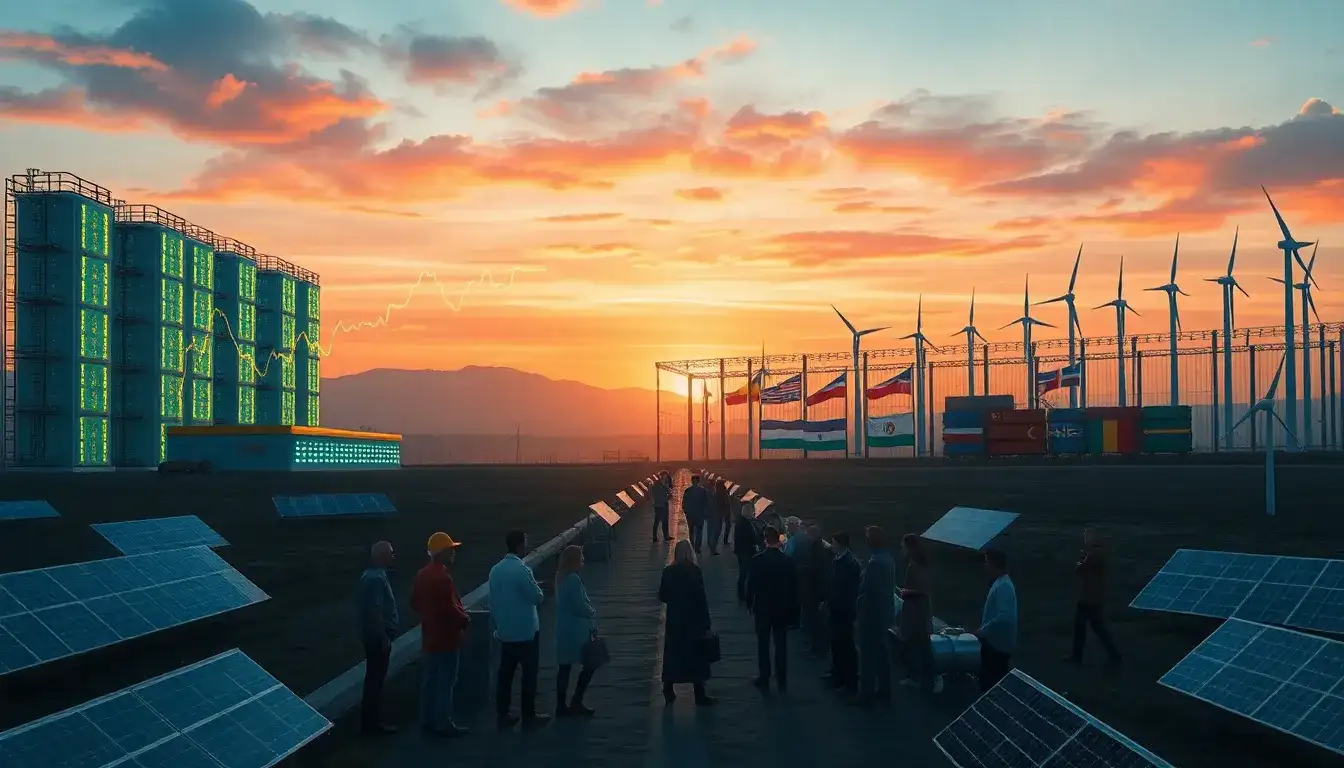A Fork in the Road for Energy Storage
Faster-than-expected price declines and a global oversupply of batteries are set against a backdrop of increasing global protectionism this year. The question remains: how will these factors shape the energy storage industry? Energy storage expert and UN advisor Marek Kubik explores the critical issues at play.
Record-Breaking Year for Energy Storage
The energy storage sector has become accustomed to breaking records, and 2024 was no different. Tesla set a new benchmark by deploying 31.4 GWh of battery energy storage capacity, a remarkable 213% increase from 2023. Market intelligence provider Bloomberg New Energy Finance revised its forecasts upward twice throughout the year, concluding with an estimate of nearly 2.4 TWh of battery energy storage by 2030. This projection may be conservative, given the challenges in predicting exponential growth and positive feedback loops.
In 2019, pumped hydro storage (PHS) accounted for 90% of global energy storage power output (measured in gigawatts). However, batteries are on course to surpass PHS in power output by 2025 and in energy storage capacity (measured in gigawatt-hours) by 2030. Unlike traditional energy assets, batteries are a technology rather than a fuel, exhibiting a price-reduction “learning rate” akin to semiconductors and solar equipment. According to researchers at the RMI think tank, battery cell costs have decreased by approximately 29% for every doubling of market size in recent decades.
Advancements in Battery Technology
A new generation of lithium ferro-phosphate (LFP) cells, with capacities ranging from 305Ah to 320Ah, has entered production. These batteries offer higher energy density and lower unit costs compared to the older 280Ah cells and required minimal adjustments to production lines due to their similar prismatic form factor.
However, a slower-than-anticipated demand for electric vehicles (EVs) has led to an oversupply of batteries, putting downward pressure on raw material prices and intensifying price competition. In 2024, the average pricing for energy storage systems (ESS) plummeted by 40% to $165/kWh, marking the steepest decline on record. In China, costs are even lower; a 16 GWh PowerChina tender revealed average ESS prices of $66.3/kWh in December 2024.
Impact of Protectionism on the Energy Storage Market
The U.S. Inflation Reduction Act has incentivized local battery energy storage system manufacturing, while import duties on Chinese products aim to create jobs and reduce dependency on foreign imports. However, these measures may inadvertently slow the adoption of grid-scale energy storage and EVs due to increased short-term costs.
In 2025, the global energy storage market may diverge into two distinct paths. Protectionist countries, including the United States, India, and those in the MENA region, may prioritize localized supply chains for job creation. In contrast, nations in the Global South are likely to focus on tariff-free imports to enhance affordability and spur economic growth. This dynamic mirrors historical debates on globalization, reminiscent of the Corn Laws of the 1800s.
The energy storage sector now faces a similar tension between trade-driven innovation and the potential risks of economic inequality and job displacement. Thus, 2025 is poised to be another pivotal year for the energy storage industry.
Read the full article on our ESS News website.
The views and opinions expressed in this article are the author’s own and do not necessarily reflect those of pv magazine. This content is protected by copyright and may not be reused. For collaboration inquiries regarding content reuse, please contact: editors@pv-magazine.com.
Original article by NenPower, If reposted, please credit the source: https://nenpower.com/blog/energy-storage-at-a-crossroads-price-drops-and-protectionism-shape-the-future/



